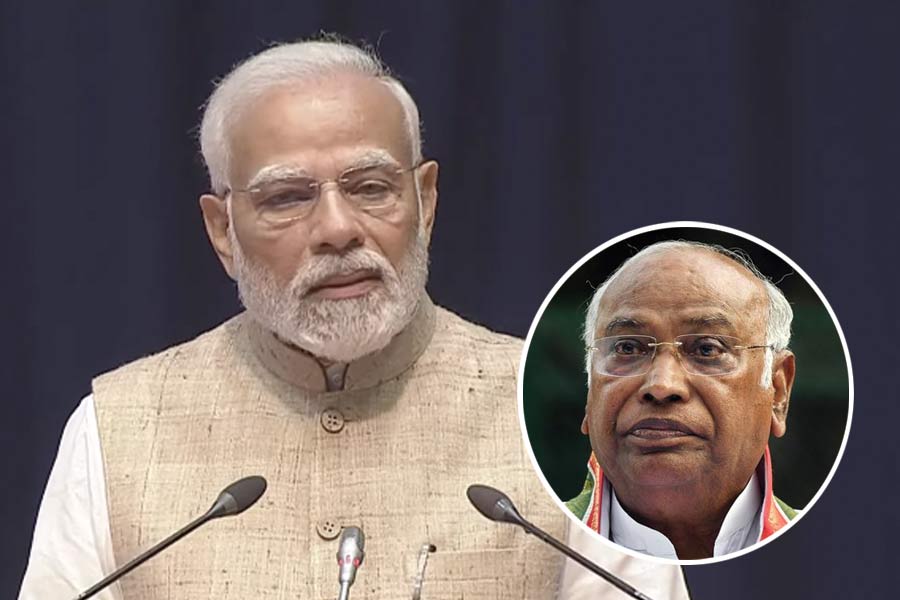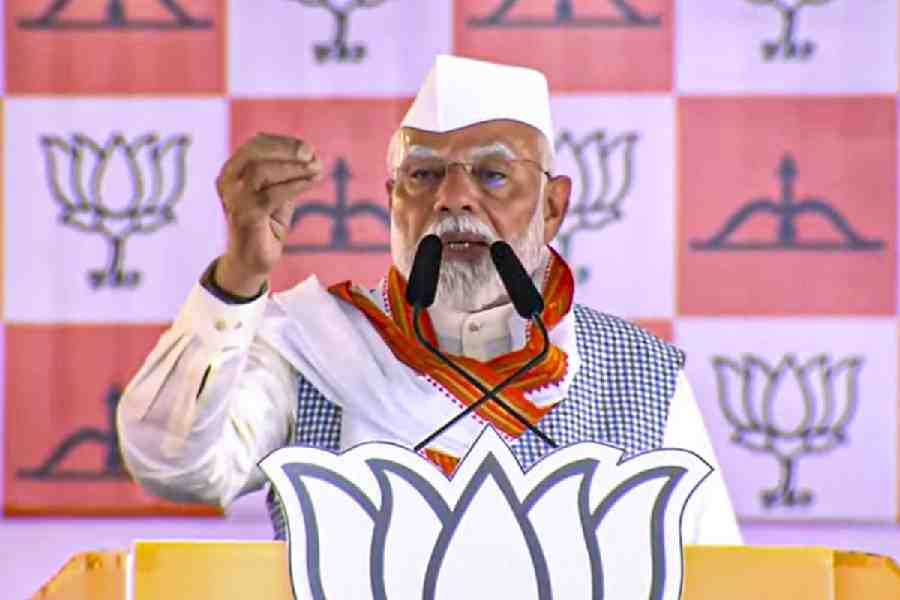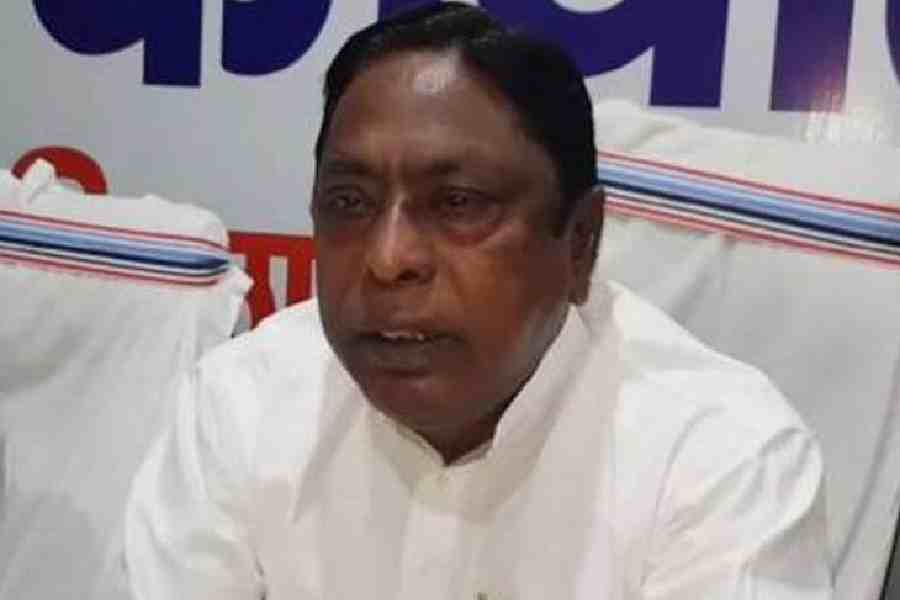 |
Bhubaneswar, June 29: The depleting groundwater level in the city has triggered all round concern.
In the past four years, the groundwater level has shrunk by one metre in major areas of the city, according to a survey by the Directorate of Ground Water Survey and Investigation.
In many areas on the outskirts of the city, the groundwater level has depleted by 10 metres and more. Many wells under Bhubaneswar and Jatanti blocks go dry in summer owing to the shrinkage of subterranean water.
Groundwater shortage has also been felt in the areas where central government institutes such as Niser, AIIMS and IIITs are coming up. Groundwater level is measured before monsoon each year.
Officers of the directorate attributed the phenomenon to multiple factors, but said the biggest contributor was massive deforestation and increased building activity.
“We have created a massive concrete jungle, while real forests are vanishing. With concrete everywhere, there is hardly any scope for the seepage of rainwater into the ground,” said the officers.
The city’s population boom has a lot to do with the rise in building activities. The city, which was originally planned for 40,000 people, is bursting at its seams with the population touching 15 lakh.
“The number of apartments is increasing. We have more than 100 of them already. These concrete monsters suck the groundwater with no one bothered about the recharge,” said the officers.
The city has lost much of its greenery. “Tree cover means absorption of rainwater by the foliage and later its seepage into the ground, thus recharging the groundwater table. But, the trees are vanishing,” said the officers.
The city receives around 1,500 mm of rainfall a year, but the number of rainy days has gone down. “Earlier, we had rains on 70 to 82 days, but it has shrunk to 60 now,” said the officers.
Depletion of the groundwater level is not confined to Bhubaneswar alone. It has also affected other cities such as Cuttack, Sambalpur and Jharsuguda.
“The high court’s order to maintain ponds and wells in Cuttack is a welcome step in this regard,” said an officer.
He added though the Bhubaneswar Development Authority had provisions to encourage rooftop water harvesting, rules in this regard were not being followed.
To assess the impact of depletion of the groundwater level, the directorate has decided to conduct a survey in 25 major towns across the state.
In another development, the state government is planning to bring in a legislation to regulate the use of groundwater.
“Like the central ground water authority, the state government should also set up a body to enact law, create awareness and enforce laws in this regard,” said the officers.
Interestingly, the average groundwater utilisation in the state is 26 per cent though it boasts of gross dynamic ground resources of the order of 17,77,507 hectares metres (HM). Of this, 1,08,593HM go waste as natural loss.
“Around 16,68,914HM, of net dynamic ground resources, is available for development in the state,” said a report prepared by the directorate.
The estimated sectoral groundwater demand on available resources for irrigation use is 3,47,233HM (20.81 per cent), for domestic use 74,112HM (4.44 per cent) and for industrial use 14,857HM (0.89 per cent). The highest level of groundwater utilisation has been observed in Bhadrak district (55.49 per cent) and the lowest in Malkangiri (8.76 per cent).










